Data Center Basic Layers Solutions
Designing an efficient data center is no small feat. Review data center facility and infrastructure components and different standards before you begin. Explore the Data Center Basic Layers Design guide, get the information of building data center core, aggregation, access network, and find the needed equipment.
View the Trends and Challenges of Building a Data Center
Data Center Is Important to An Enterprise Business.
The data center is home to the computational power, storage, and applications necessary to support an enterprise business.
Data Center Infrastructure Inspect The IT Architecture.
The data center infrastructure is central to the IT architecture, from which all content is sourced or passes through. Proper planning of the data center infrastructure design is critical, and performance, resiliency, and scalability need to be carefully considered.
Good Data Center Design Can Save Cost of Enterprise.
Another important aspect of the data center design is flexibility in quickly deploying and supporting new services. Designing a flexible architecture that has the ability to support new applications in a short time frame can result in a significant competitive advantage.
Want A High Performance, We Need Consider More.
A flexible data center design requires solid initial planning and thoughtful consideration in the areas of port density, access layer uplink bandwidth, true server capacity, and oversubscription, to name just a few.
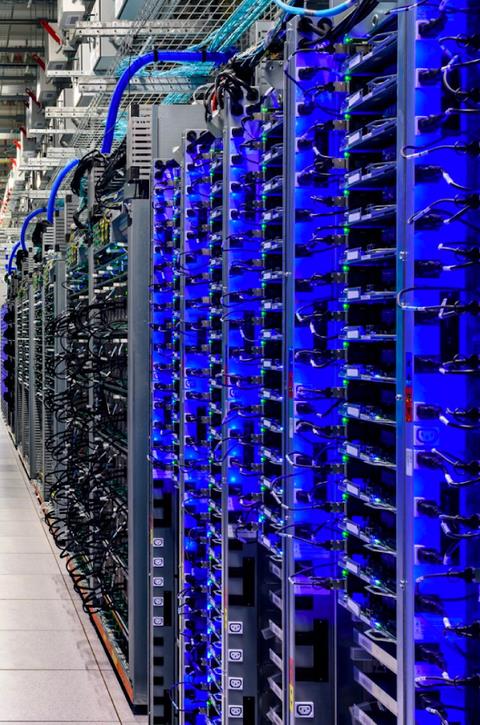
Data Center Basic Layered Design of Core, Aggregation, and Access.
The data center network design is based on a proven layered approach, which has been tested and improved over the past several years in some of the largest data center implementations in the world. The layered approach is the basic foundation of the data center design that seeks to improve scalability, performance, flexibility, resiliency, and maintenance. The figure shows the basic layered design.
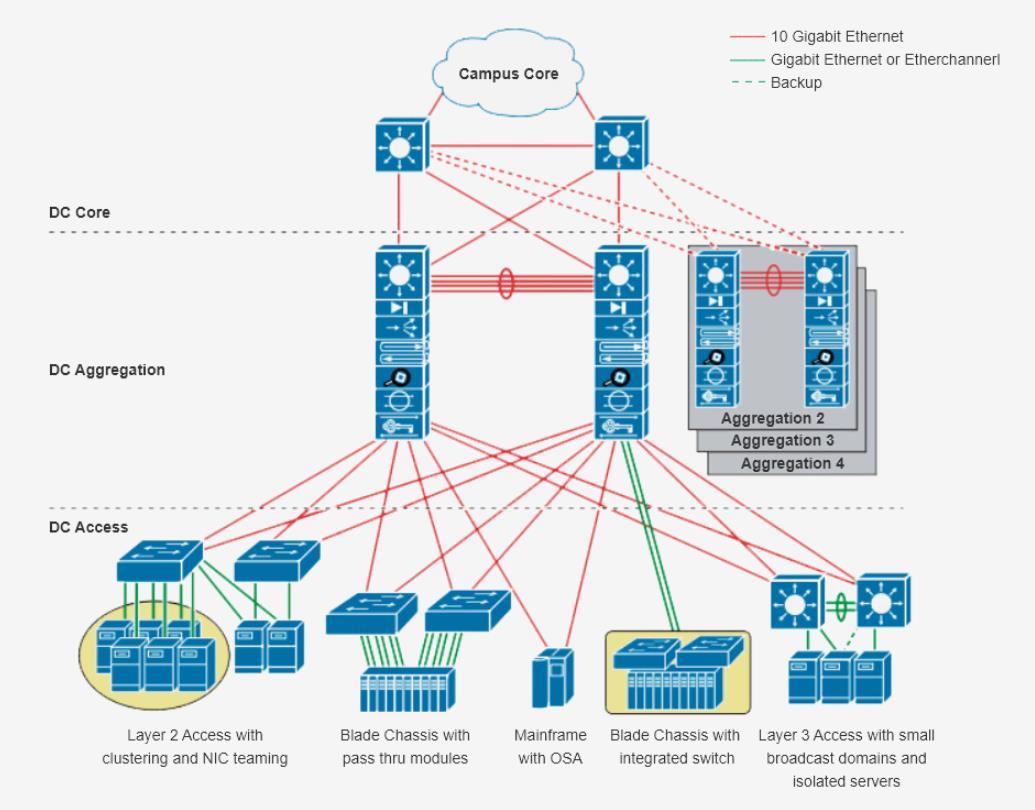
Key Features
-

Network is divided into 3 standard three-layer structures.
The layering is mainly based on the principle of internal and external partial flow, and the data center network is divided into a standard three-layer structures of core layer, aggregation layer and access layer. Most of the traffic between the server and the business system is within a single functional zone and does not need to pass through the core; the traffic between zones only passes through the core, and it is easier and more correct to implement mutual access control strategies on the aggregation layer switches of each zone. The core pressure will be better, the scope of the fault will be smaller, and the fault recovery will be faster.
-

Core layer provides the interconnection.
The core layer provides the interconnection of multiple data center aggregation modules and connects to the core of the campus network; it is required to have high switching capabilities and burst traffic adaptability; the core of large data centers requires the expansion capability of multiple aggregation modules, and small and medium data centers share the core of the campus; current Mainly with 10GE interface, high performance requires 4-8 10GE bundle.
-

Aggregation layer provides high-bandwidth export.
The aggregation layer provides high-bandwidth export for server farms; it requires high-density GE/10GE ports to achieve access layer interconnection; it has more slots to provide value-added service module deployment. The mainstream practice in the industry is to deploy various security and application optimization services at the convergence layer, such as integrating firewalls, load balancing, and application acceleration boards on switches.
-

Access layer supports high-density access.
The access layer supports high-density Gigabit access and 10 Gigabit access; the total access bandwidth and uplink bandwidth have convergence ratio and line speed modes; based on rack considerations, 1RU has more flexible deployment capabilities; supports stacking, more Expansion capability; uplink dual link redundancy capability.
Explore Products to Build a Flexible Data Center

HP DL380 G10 12 Gb SAS 2U Rack Server
HP DL380 G10 rack server features a 2U layout and NVIDIA T4 GPU for diverse cloud workload performance, optimized features for AI and deep learning experiences.
Learn More
C9200L 48P 4G E Cisco 48 Port Switch
C9200L 4G E is a 48-port switch of the Cisco 9200L. Based on the matching of Catalyst 9000 hardware and 9200 series switches, it makes the network more intelligent and simple.
Learn More
J9776A Aruba 2530 24G Switch of Enterprise Class
J9776A Aruba 2530 24G switch adopts a layer 2 layout and 8, 24 or 48 POE interfaces, and the number of ports and PoE power can be freely deployed.
Learn More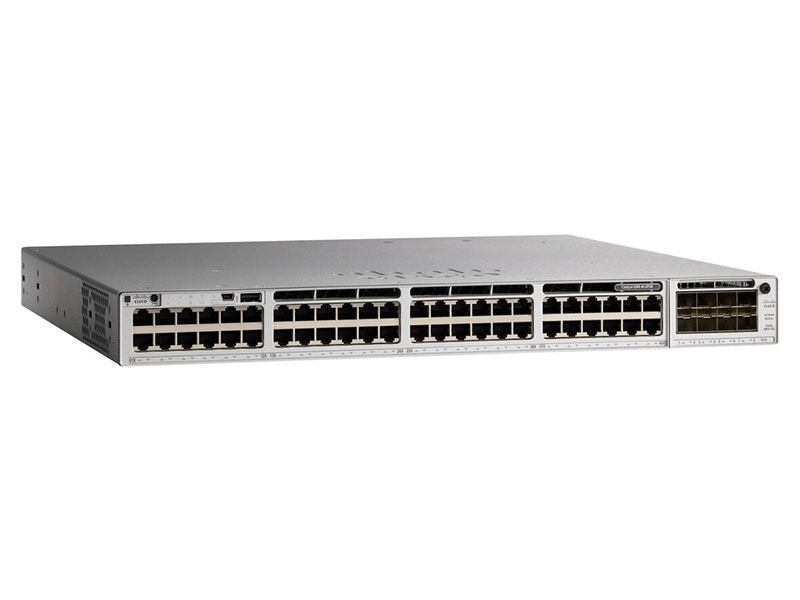
Cisco Catalyst 9200 48-port PoE+ Switch
C9200-48P-E is the Catalyst 9200 48-port PoE+ Switch, with Network Essentials software. Cisco® Catalyst® 9200 Series switches extend the power of intent-based networking and Catalyst 9000 hardware and software innovation to a broader set of deployments.
Learn More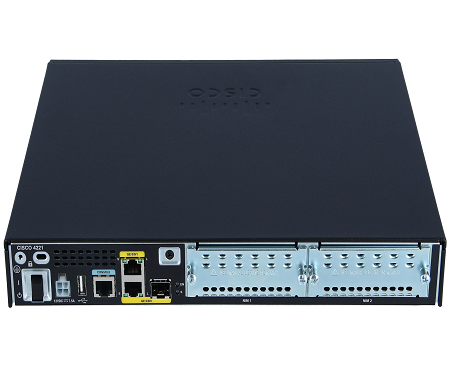
Cisco ISR4221-SEC/K9 Integrated Services Router
Cisco (CISCO) ISR4221-SECK9 integrated multi-service enterprise-class gigabit electrical port router
Learn More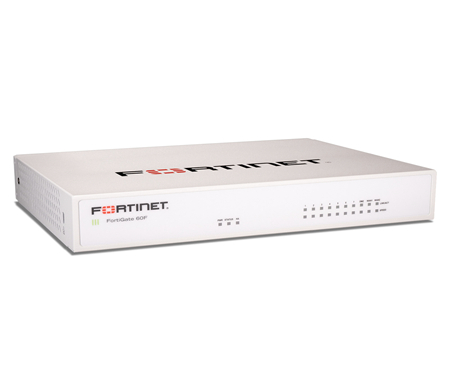
Fortinet Fortigate 60F 7X Internal Ports Firewall
Fortinet Fortigate 60F is an entry-level firewall developed by Fortinet, based on a system-on-a-chip (SOC) security processor that provides the best protection for IPsec VPN and SSL.
Learn More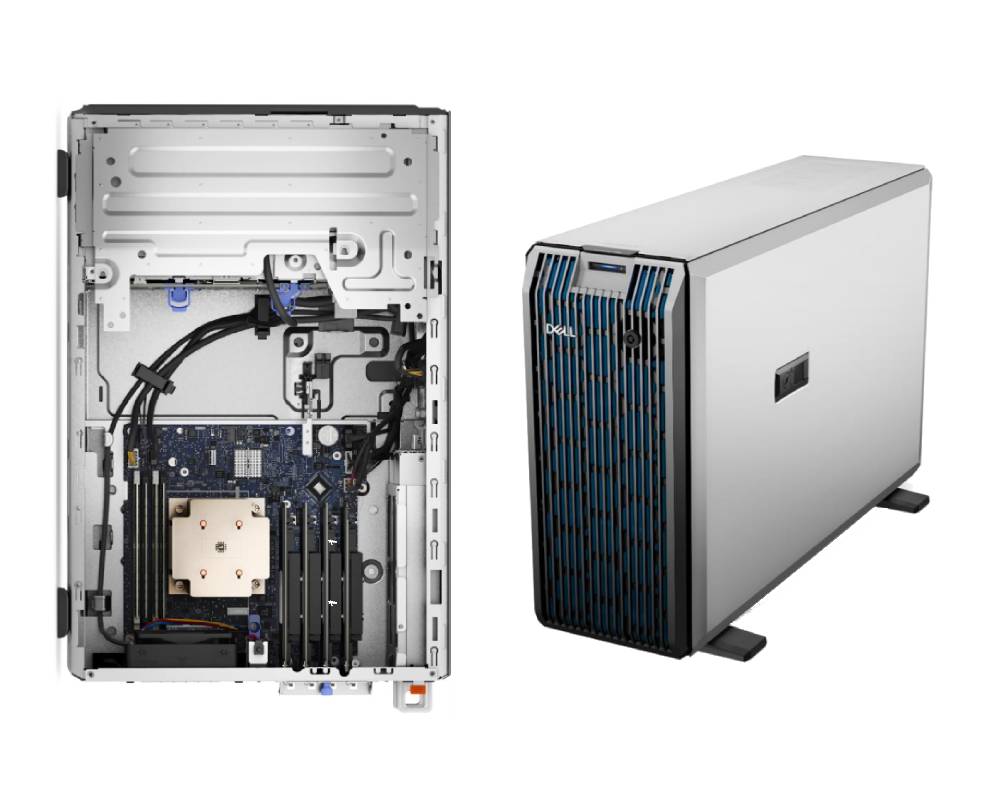
PowerEdge T350 Tower Server
The Dell PowerEdge T350 addresses evolving compute demands with an easy-to-manage tower server designed for businesses looking for affordable enterprise features.
Learn More


